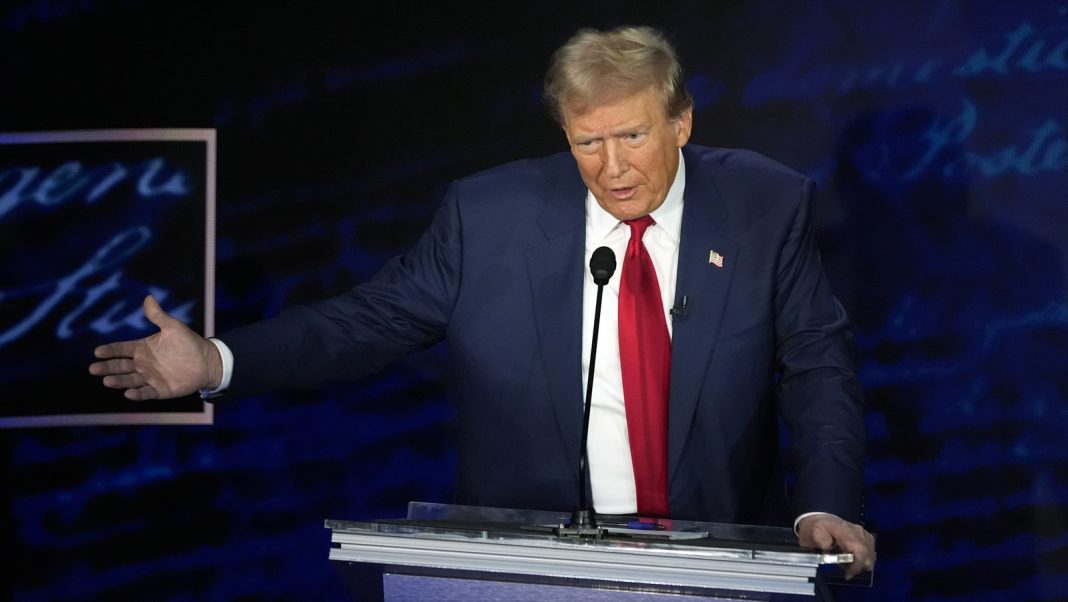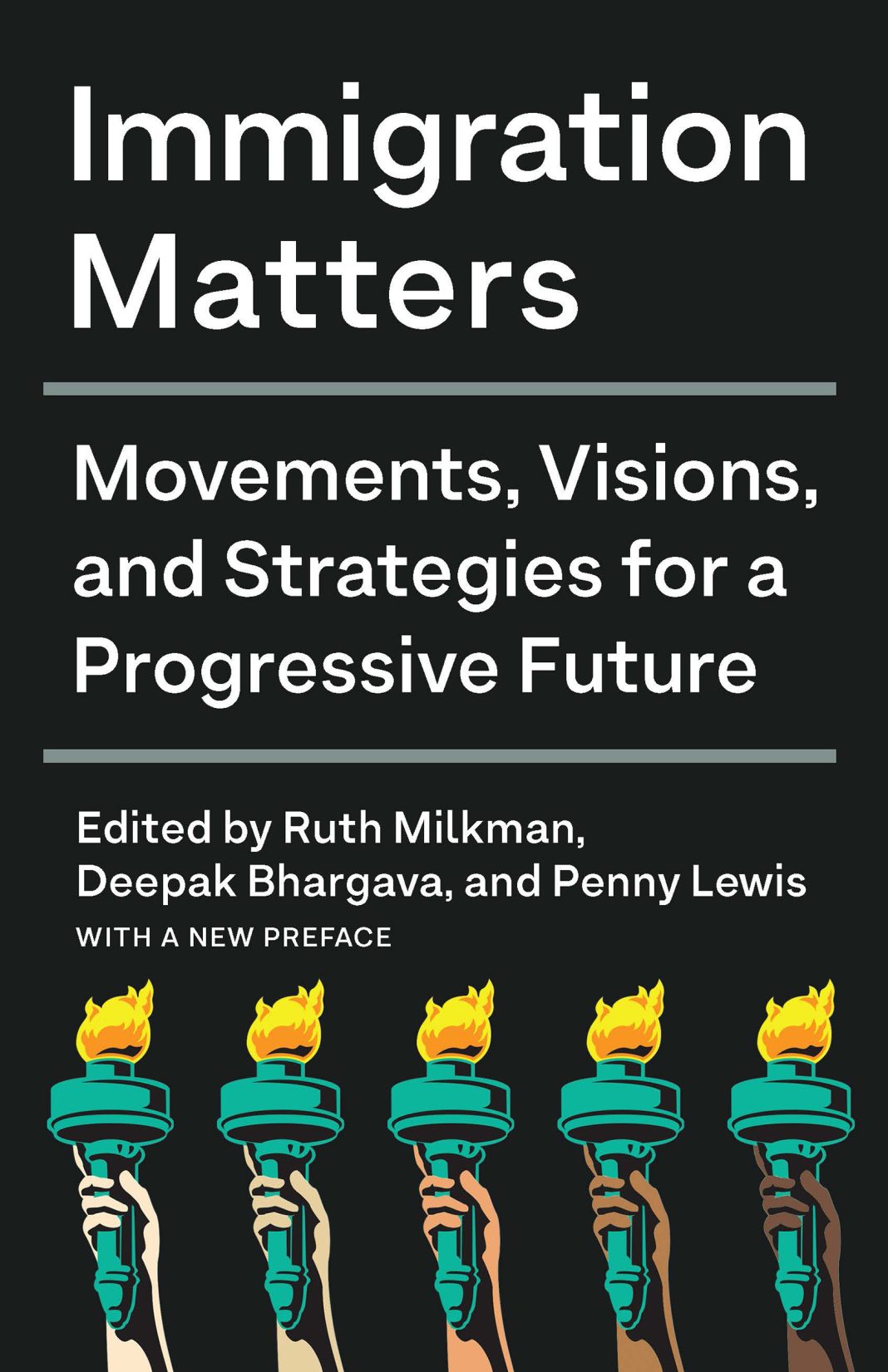Vice President Kamala Harris and former President Donald Trump clashed over abortion rights during their presidential debate on Tuesday. Harris argued that the government should not dictate what women do with their bodies, while Trump denied supporting a national abortion ban. Harris pledged to sign a bill reinstating protections for abortion rights if it reached her desk as president, while Trump refused to commit to vetoing a national abortion ban.
During the debate, Trump expressed his belief in exceptions for abortions in cases of rape, incest, and to protect the life of the mother. He argued that there was no need for a ban since the regulation of abortion should be left to state governments. However, Harris falsely claimed that Trump supported a national abortion ban.
Currently, 22 states have abortion bans or restrictions in effect following the overturning of Roe v. Wade, which ended federal protections for abortion rights. Fourteen of these states have significantly limited abortion services, and four have implemented six-week bans that prohibit abortion before most women even realize they are pregnant.
It is worth noting that three of the five U.S. Supreme Court justices who voted to overturn Roe v. Wade were appointed by Trump during his presidency. This highlights the potential impact of judicial appointments on the future of abortion rights.
In the upcoming November elections, ten states will have reproductive rights-related questions on the ballot, with nine specifically addressing abortion. It is interesting to observe that in all six states that have had abortion questions on the ballot since Roe v. Wade was overturned, voters have chosen to uphold abortion rights.
During the debate, Trump made a false claim that some states allow for the killing of an infant after birth. It is important to clarify that killing a baby after birth is illegal in all 50 states. Most states that allow abortions do so until fetal viability, although nine states, including Colorado, New Jersey, New Mexico, Oregon, Vermont, Minnesota, and Washington, D.C., have no gestational limits on abortion.
Advocates for abortion rights argue that the absence of legal consequences after fetal viability does not mean doctors will attempt to terminate full-term, healthy pregnancies. Access to third-trimester procedures is limited, expensive, and medically complex, usually only performed when the woman’s life is at risk or the fetus is not expected to survive.
Many Democrats are pushing to pass legislation that would codify the 1973 Supreme Court decision Roe v. Wade, which protects abortion rights until viability. This showcases the ongoing debate and efforts to solidify abortion rights in the face of legal challenges and potential changes in the Supreme Court.
In conclusion, the clash between Vice President Kamala Harris and former President Donald Trump during the presidential debate shed light on their differing visions for the future of abortion rights. It is crucial to understand the current state of abortion laws in various states and the potential impact of judicial appointments on these laws. The upcoming November elections will provide further insight into public opinion on abortion rights.


